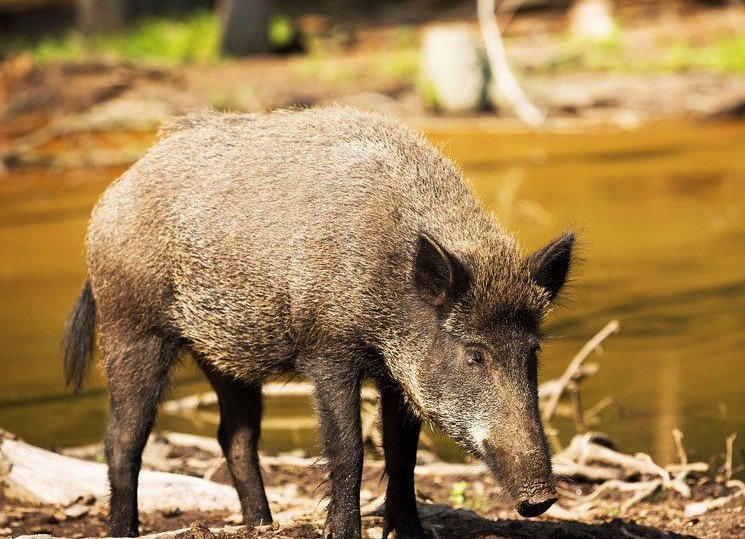Feral hogs are wreaking havoc on Georgia’s agricultural industry, causing an estimated $150 million in damage annually. With their numbers surpassing the population of Atlanta, these destructive animals have become a serious threat to farmers, prompting state agencies to take action.
The Growing Swine Problem
The numbers are staggering. Georgia is home to approximately 600,000 feral hogs—more than the population of Atlanta itself. These animals roam all 159 counties, tearing through crops, damaging property, and spreading diseases. Unlike other agricultural threats such as hurricanes or invasive insects, wild hogs present a different kind of challenge. They reproduce quickly, consume almost anything, and adapt easily to their environment.
State officials and farmers alike have been grappling with how to control the population. Efforts so far have made only a small dent, leaving the industry desperate for solutions. The sheer resilience of these animals has turned them into one of the most persistent threats to Georgia’s farms.

Traps, Bounties, and Legislative Push
Agriculture Commissioner Tyler Harper recognized the urgency of the issue in 2023 by assembling a multi-agency task force. The initiative brought together the Georgia Department of Agriculture, the U.S. Department of Agriculture, the Georgia Department of Natural Resources, the Georgia Association of Conservation Districts, and the University of Georgia. The group focused on developing trapping programs, but the scale of the problem remains daunting.
The Georgia legislature is now stepping in with funding proposals aimed at controlling the population:
- The House has allocated $500,000 for additional traps to capture the animals.
- The Senate, taking a different approach, has proposed a $100,000 bounty program that would pay hunters to eliminate the swine.
A similar incentive program ran from 2014 to 2016, though its long-term effectiveness remains unclear. The debate now is whether a larger investment in traps or direct incentives for hunters will be more successful.
Why Hogs Are So Hard to Control
Feral hogs reproduce at an alarming rate. A single sow can give birth to multiple litters a year, with up to 12 piglets per litter. This means populations can grow exponentially if not aggressively managed.
They are also highly adaptable. Unlike many pests that have specific diets or habitats, wild hogs eat virtually anything—from crops and livestock feed to small animals. Their ability to thrive in diverse environments makes them one of the most difficult species to control.
Additionally, traditional hunting methods barely put a dent in the population. While shooting and trapping remove some hogs, they don’t come close to curbing their rapid growth. Without large-scale management, the problem will only escalate.
Economic Impact and the Future of Georgia Farming
For farmers, the destruction caused by feral hogs isn’t just an inconvenience—it’s a financial disaster. A single night of activity from a pack of wild hogs can decimate acres of crops. Corn, peanuts, soybeans, and even pastures are frequent targets. Beyond direct crop loss, hogs also damage irrigation systems, fences, and farm equipment.
A study from the University of Georgia found that for every dollar invested in hog control, farmers save at least five dollars in prevented damages. That’s why many in the agricultural community argue that a more aggressive approach is needed, even beyond what lawmakers are currently considering.
With both legislative chambers pushing different funding strategies, the question remains: will Georgia’s plan be enough to control the swine invasion, or will farmers continue to bear the brunt of this costly problem?
